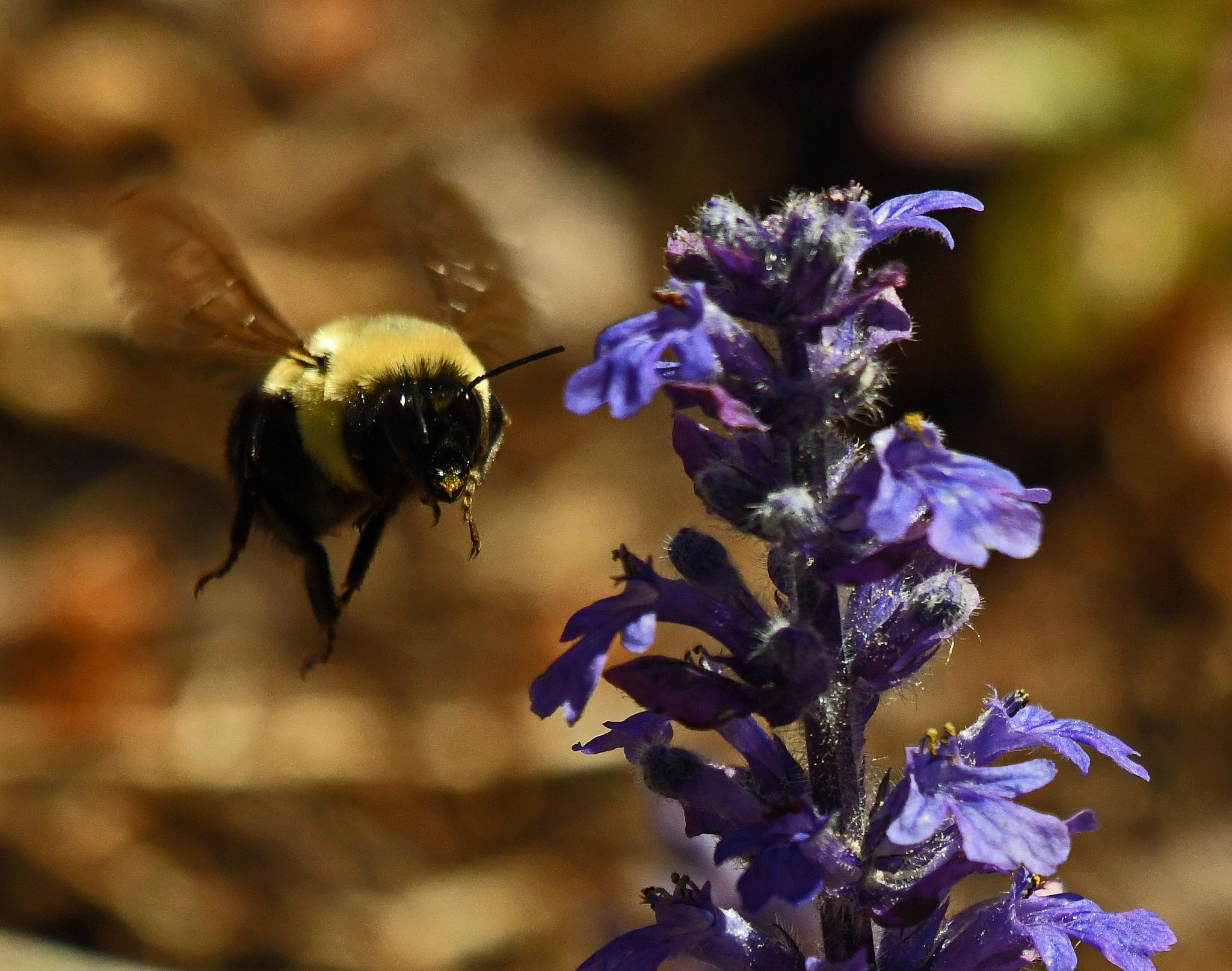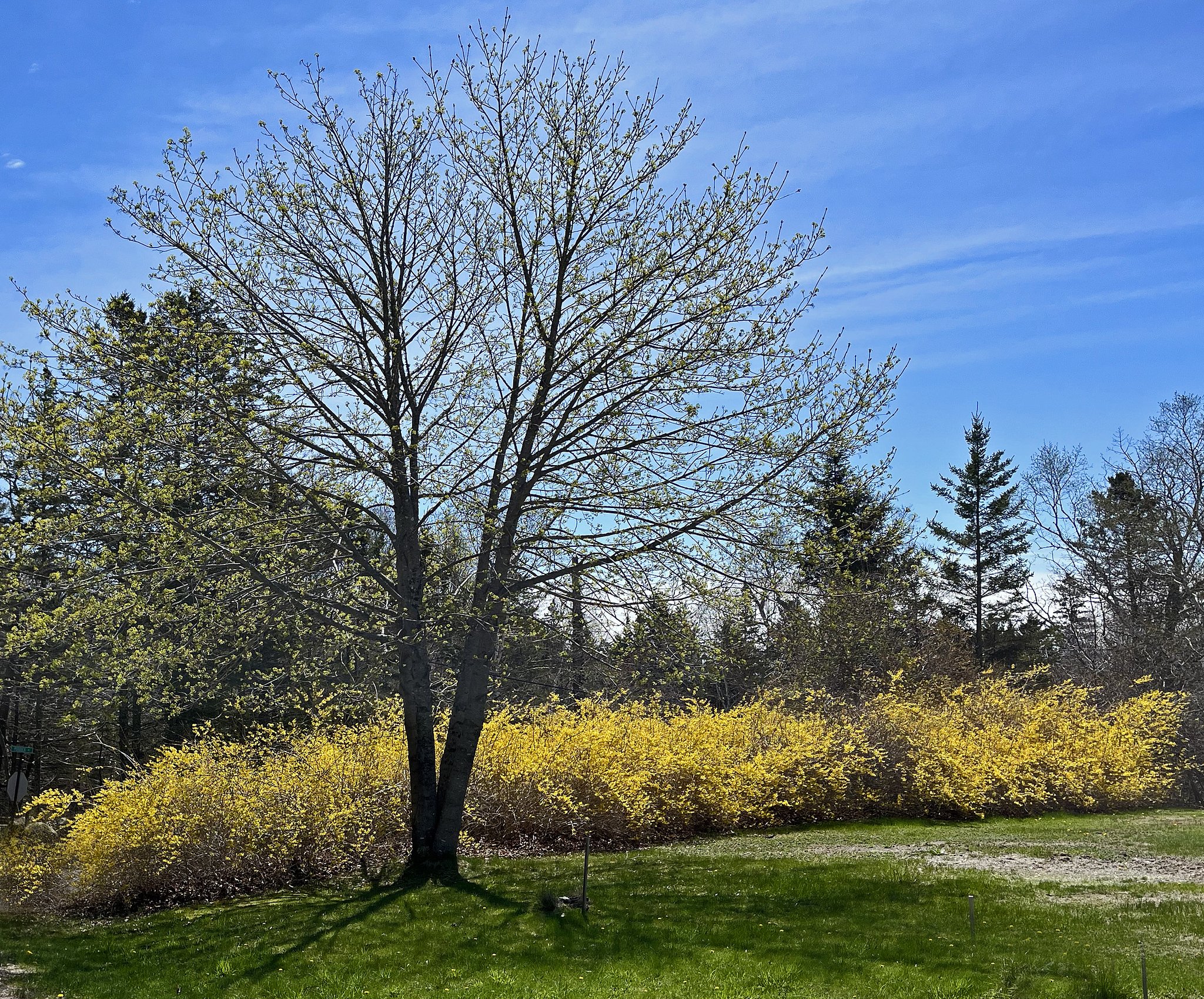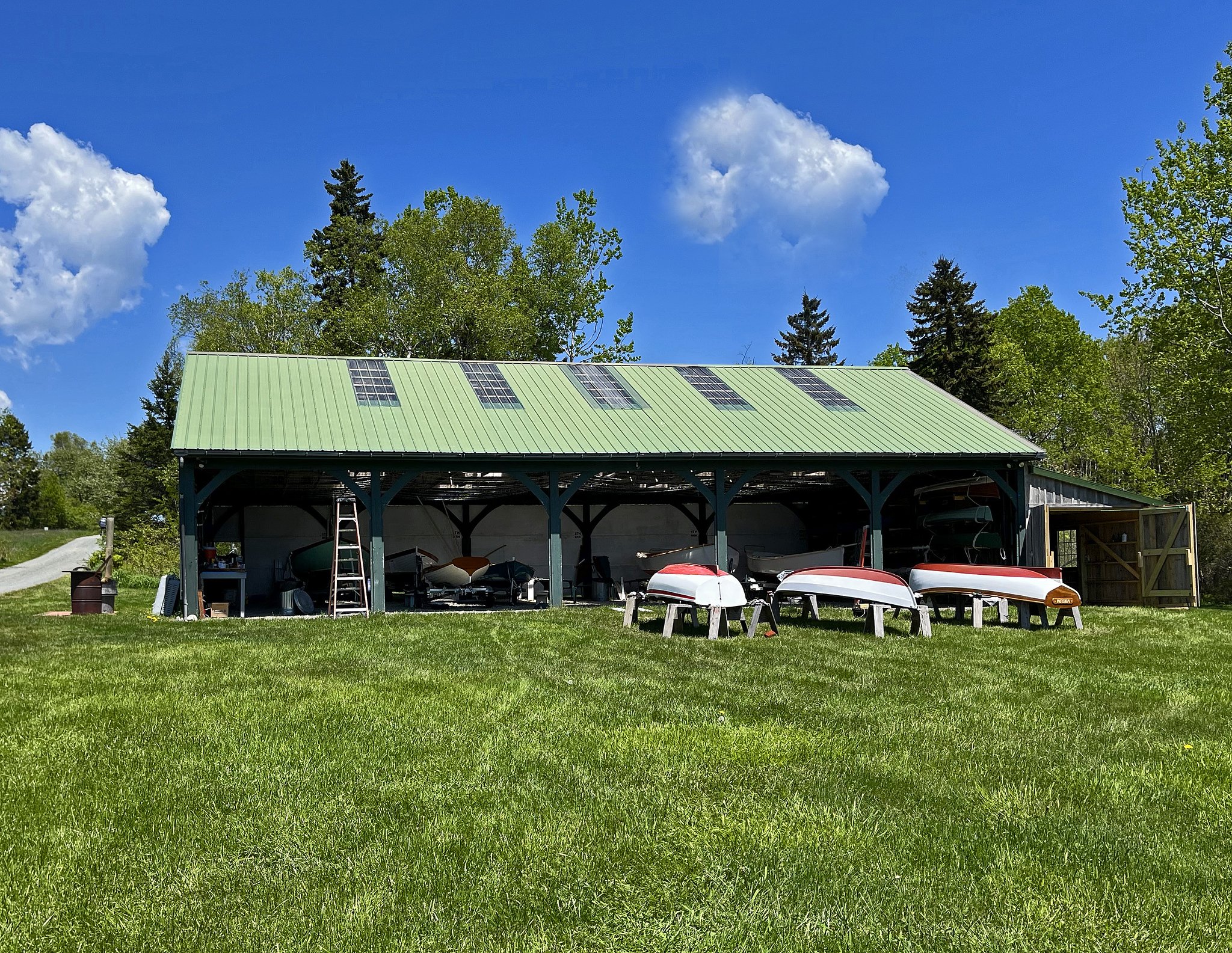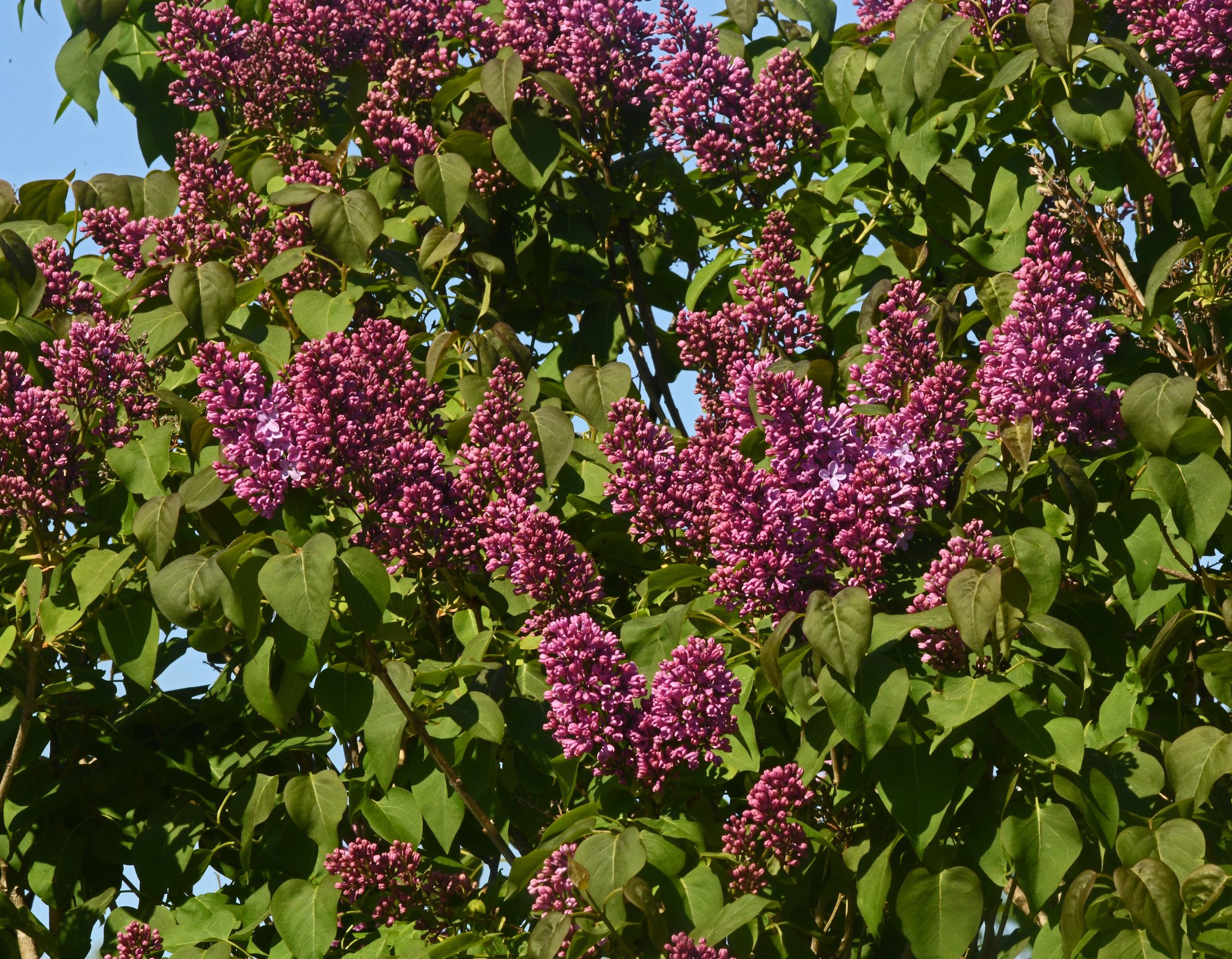Wild Yellow Flag Irises such as this are unfurling around our pond now, which gives us mixed feelings. These beautiful plants (Iris pseudacorus) are listed as “Severely Invasive” in Maine and many other jurisdictions due to their aggressive displacement of native plants. All parts of these plants also are poisonous to humans and other animals. Yet, they and their bladed leaves are exotically attractive.
Yellow Flag has many other common names, including these: Daggers, European Yellow Iris, False Acorus, Flagon, Fleur-de-lis, Jacob's Sword, Pale Yellow Iris, Water Flag, Water Iris, Water Skegs, and Yellow Iris. It thrives in wetlands, along shorelines, and in shallow water, preferring full sun and boggy conditions:
If you want to remove small colonies of them, Maine officials recommend digging them out and discarding them in the trash while using gloves. (The leaves are sharp and the sap can irritate skin.) A combination of mechanical and chemical treatment also is recommended online by Maine officials, especially for large colonies. But remember that special rules apply in Maine to herbicide use in or near wetlands and water bodies.
(Images taken in Brooklin, Maine, on June 9, 11, and 13, 2025.)


































































































































